Is there any way to draw a hue ramp that appears visually smooth?
For example, take a look at the following image:
 On my sRGB calibrated monitor, I can quite clearly see what appears to be triangular "peaks" at 60, 180, and 300°. Meanwhile, the valleys of red, green, and blue in-between don't seem to change that much- for example, the difference between 110° and 130° is very little visually speaking.
On my sRGB calibrated monitor, I can quite clearly see what appears to be triangular "peaks" at 60, 180, and 300°. Meanwhile, the valleys of red, green, and blue in-between don't seem to change that much- for example, the difference between 110° and 130° is very little visually speaking.
What I'd like to do is figure out a way to generate a hue ramp that looks much more smooth, where the colours seem to blend into each other more seamlessly.
Is there any way to do that? It doesn't need to be a linear hue ramp, so I don't really care where the colours actually land up as long as the beginning and end of the ramp are red (0°/360°).

